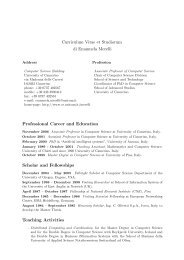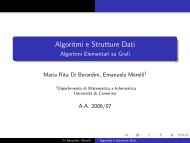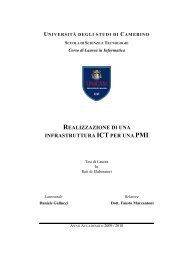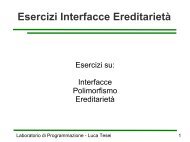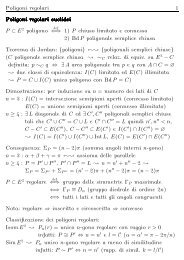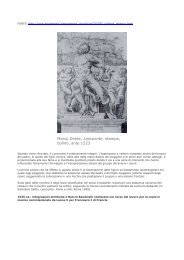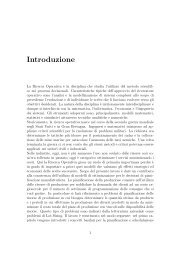Sossinsky:Knots. Mathematics with a twist.pdf - English
Sossinsky:Knots. Mathematics with a twist.pdf - English
Sossinsky:Knots. Mathematics with a twist.pdf - English
You also want an ePaper? Increase the reach of your titles
YUMPU automatically turns print PDFs into web optimized ePapers that Google loves.
2 KNOTS<br />
view, molecules are constituted of several intertwined vortex atoms,<br />
that is, they are modeled on what mathematicians call links: a set of<br />
curves in space that can knot up individually as well as <strong>with</strong> each<br />
other.<br />
This theory will no doubt seem rather fanciful to the reader accus<br />
tomed to Niels Bohr's planetary model of the atom taught in school.<br />
But we are in 1860, the future Nobel laureate will not be bom until25<br />
years later, and the scientific community is taking Thomson's revolu<br />
tionary idea seriously. The greatest physicist of the period, James Clerk<br />
Maxwell, whose famous equations formed the basis of wave theory,<br />
hesitated at first, then warmed to the idea. He insisted that Thomson's<br />
theory explained the experimental data accumulated by researchers<br />
better than any other.<br />
To develop his theory, Thomson needed first of alI to see which dif<br />
ferent types of knots are possible; in other words, he had to classify<br />
knots. It would then have been possible to classify atoms by associat<br />
ing each type of knot <strong>with</strong> a specific atomo For example, the three<br />
Figure 1.1. Model ofan atom?



